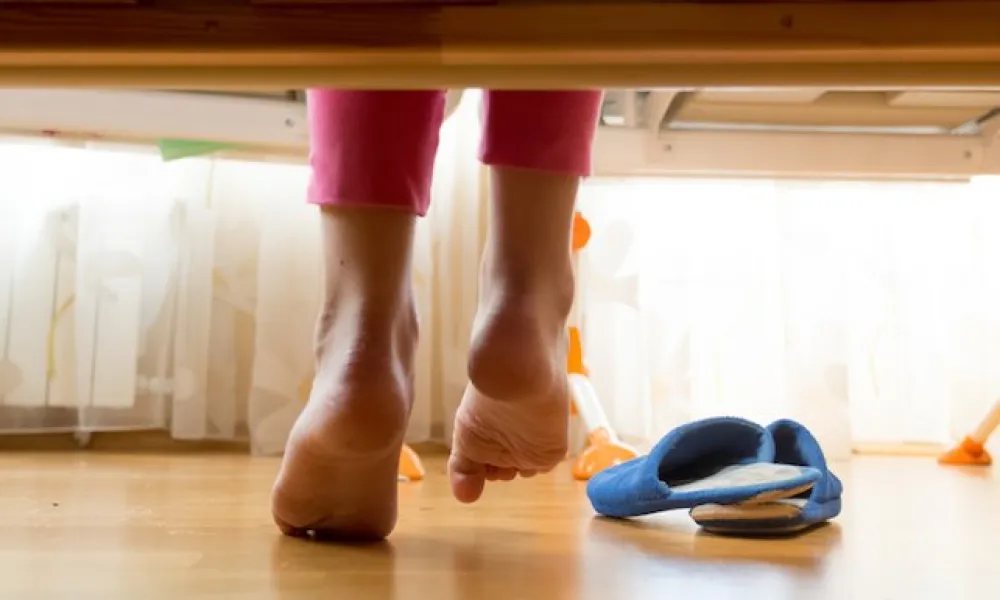
Bunion Deformity
The American College of Foot and Ankle Surgeons describes a bunion as "the result of mechanical imbalance and undue stress on the big toe joint.
Bunion Deformity
The American College of Foot and Ankle Surgeons describes a bunion as "the result of mechanical imbalance and undue stress on the big toe joint.
The bones, joints and ligaments in your big toe are quite complex. An important part of the foot mechanism, their primary function is balancing the body's weight when you are in motion - walking, running, dancing or any other similar movement.
Bunions occur when the base of your metatarsophalangeal, or big toe, joint becomes larger than the rest of the joint. This enlargement is due to faulty mechanics of the foot, which is usually hereditary. When this inherited foot problem is combined with putting additional stress on your foot by wearing shoes that are too tight, the result is often a bunion deformity
Bunions are a common foot problem, especially among women. According to the American Academy of Orthopaedic Surgeons (AAOS), 9 out of every 10 bunion cases are women. This is because many women wear tight-fitting high-heeled shoes that cramp the toes and, over time, force the big toe to move toward the smaller toes. As a result, the metatarsophalangeal joint gets larger and sticks out, and the skin covering the joint becomes red and swollen.
The movement of the big toe can cause other problems in addition to bunions, such as toenails growing into the side of the nail bed and corns. The big toe overcrowding the smaller toes can also cause hammertoe, a permanent bend of the toe to one side occurring at the middle joint.
Smaller bunions, known as bunionette, can also develop on the little toe. This is also referred to as a tailor's bunion. It is not uncommon to also have a corn or bursitis, or swelling in the tendon, with the bunionette.
Treating and preventing bunions is as simple as wearing comfortable, properly fitting shoes. AAOS and Proliance Orthopedic Associates recommend these tips:
- Choose shoes that conform to the shape of your feet.
- Pick shoes with wide insteps, broad toes and soft soles.
- Avoid shoes that are short, tight or sharply pointed, and those with heels higher than 2 1/4 inches.
In severe cases, the pain and bony protrusion caused by a bunion may progress to the point that it is difficult to walk despite wearing proper shoes. Surgery may be required to realign the bones, ligaments and tendons in your toe joint. Bunion surgery is usually an outpatient procedure.
For more information about bunions or other foot problems, or to schedule an appointment, call POA at 425-656-5060.

